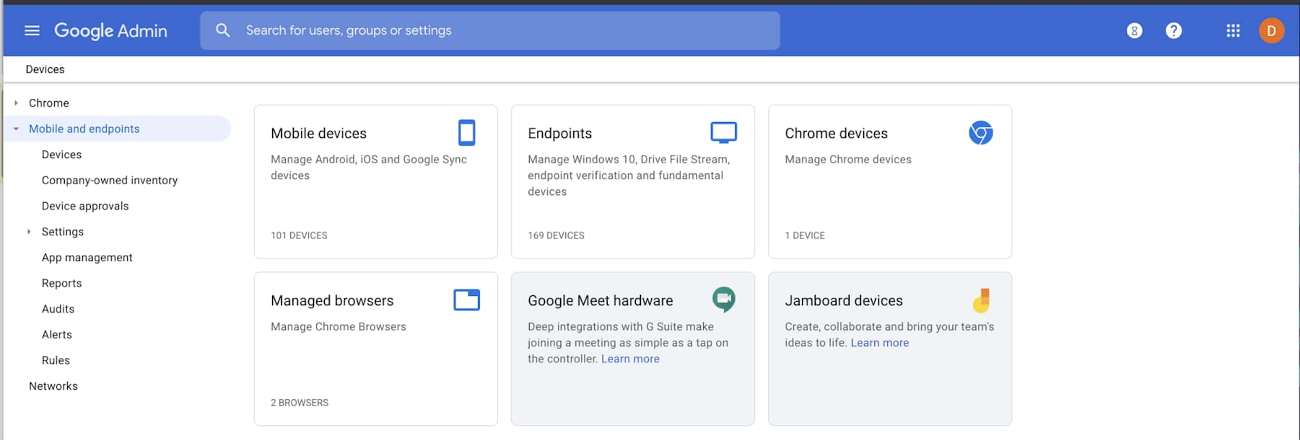A couple of weeks back, Google announced huge changes in their GSuite platform to try and compete in the collaboration space vs the Office 365 behemouth, but also to try and compete with business going for ‘best of breed’, such as Zoom, Slack & Box amongst others. Have they gone far enough – and how does it stack up against its competitors?
Over the past few months, on just about every tech blog and review sites, we’ve heard Zoom this, Office 365 that, but complete silence from the Google camp, until last week when a huge refresh of GSuite was announced.
For those whose knowledge of Google’s collaboration consists of their personal email accounts, GSuite is Google online-only all-compassing enterprise solution, which according to Google has over 6 million businesses subscribed. A few strong brands use it as their go-to platform including Morrisons, Rentokil Initial, The FA, amongst others. Its fair to say, its a very feature packed solution, backed by one of the biggest technology companies in the world.
Having said that, you only need to look around reddit amongst other users to see people have been eager to see its various components feel a little more integrated as other competitors have done, namely Office 365. Google haven’t disappointed of course and announced a huge refresh for the platform.
So what exactly are Google doing in this revamp to enhance the customer experience? They’re branding it as a “better home for work”, but I’ll take you through a few of the features and compare them to the ever popular Office 365 and see how much better it is….
Application Design
Instead of having to switch between the various GSuite functions (Drive / GMail, Calls, Chat) they have combined those functions using tabs at the bottom of the screen to switch easily between the functions that are linked on a day-today basis such as email, chat, rooms and video conferencing. Rooms are the concept that allows people to chat about a particular project, share related files and use tasks to allocate to team members within that room. Its very similar to the concept of Teams, where you can do exactly the same. This update isn’t released quite yet, but I can see this implementation being better than Teams for a few reasons:
- It doesn’t have the clunky Sharepoint backend, which although is powerful, for most people they just want to dump files and share them quickly – most don’t need the full functionality of a document management system
- Its Web native. Although Teams can be accessed via a browser, full functionality is reserved for the desktop app.

Focus & Productivity
Essentially this feature is allowing you to mute notifications in various applications in order to give you ‘focus’. Its not something I have ever found useful, because if needs be, I can put myself on DND or close that particular app. The functionality within the new GSuite is nicely implemented though, you simply press the ‘mute notifications’ and then if someone tries to message you it’ll let them know how long it is until your meeting is finished. Slightly better than the ‘red’ mark within Microsoft Teams and good from a communications perspective non-the less.
The Rooms applications allows real-time collaboration on a document – which (I know) is nowhere near as good as the Microsoft Office suite, but in all honesty – its got a majority of the feature you need on a day-to-day basis, and I do have a real bug bearer with Office and its lack of feature parity across its mobile, desktop and web apps.
/cdn.vox-cdn.com/uploads/chorus_asset/file/20085635/Mobile_Nav_3x.png)
Security
Yeah, I know – why I have got a heading called ‘Security’ when the whole article is about usability and accessibility? Security is the anti-accessible part of IT isn’t it? My answer to that is a simple no. If security is well implemented, using the correct tools for the job, configured in the right way for the business, then it works just fine. Google have gone big with new features within the security space this time.
- You can kick someone out of meeting, and for them to get back in requires the host to re-invite them
- The meeting host can decide what methods of joining require approval to join (for example, phone callers may need accepting by the host)
- The meeting host can choose who can present or chat
- Phishing protection will be no longer be isolated to Gmail and is extended to chat. So if someone clicks a link from the chat window, it will be scanned in real-time and blocked if malicious content is found. Normally a feature you’d see in a third party security tool, so thats nice.
- Integration with Apple Business Manager (previously known as DEP) to distribute and manage Apple iOS devices
- Automated Information Rights Management controls to stop users from downloading, printing or copying Google Drive docs, slides or sheets that contain sensitive data. This links in with their DLP policies and now you can run scans on the contents of the whole organisation and enable these controls in one go.

Summary
Google GSuite isn’t a perfect platform, not by a long shot – but unlike the competitors in the market, they are completely transparent about pricing and features and there aren’t hidden ‘addons’ etc that need to be bought to enable things such as conditional access, or what not. Given the increased number of people working from home (which I honestly don’t think will disappear completely) Google have made great strides with this update to make working from home on any type of device a better experience and enable a collaborative way of working whether you’re on mobile, tablet or at a desk. Looking forward to seeing the feedback across the enterprises when it is released in full later this year.